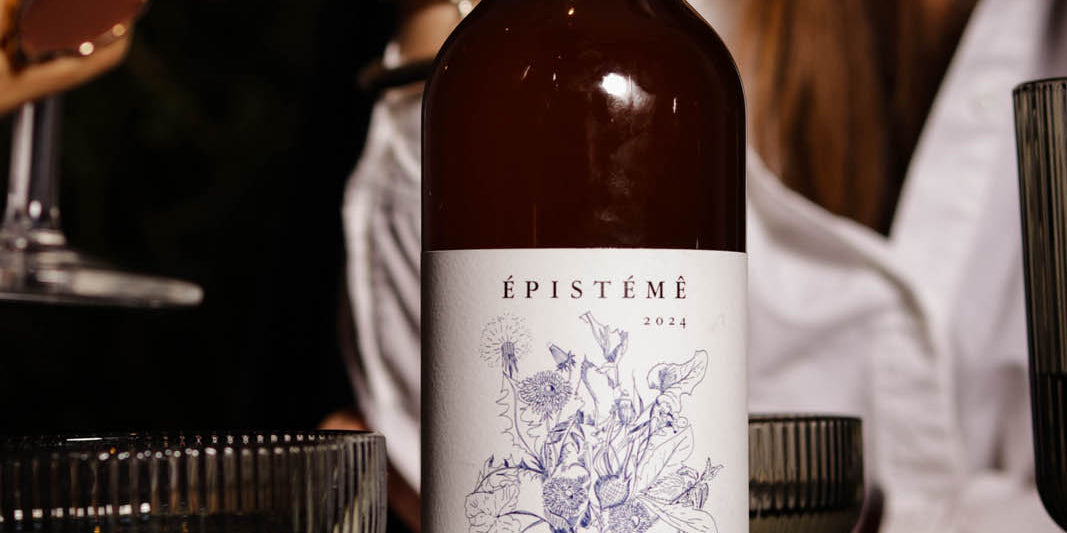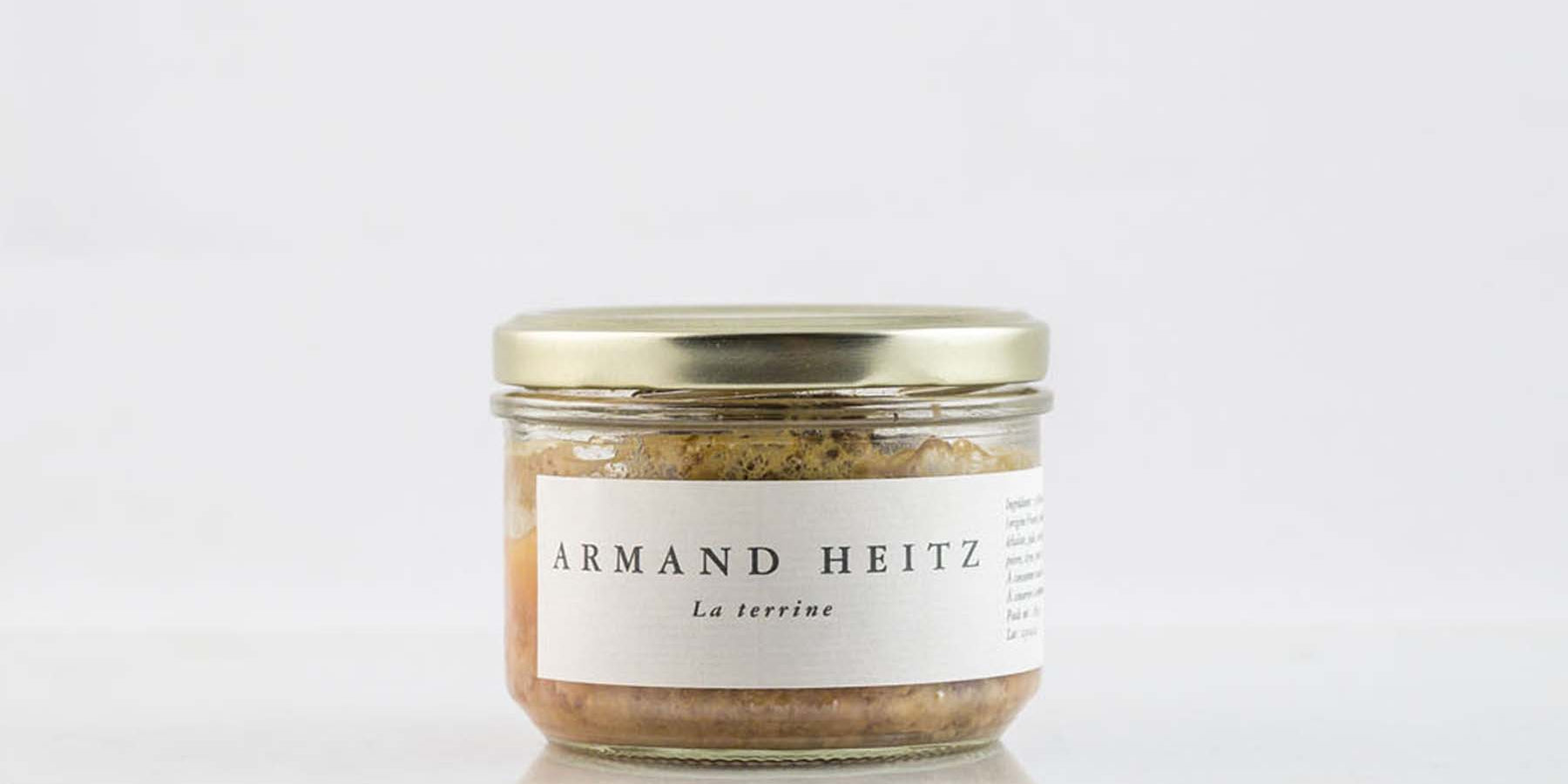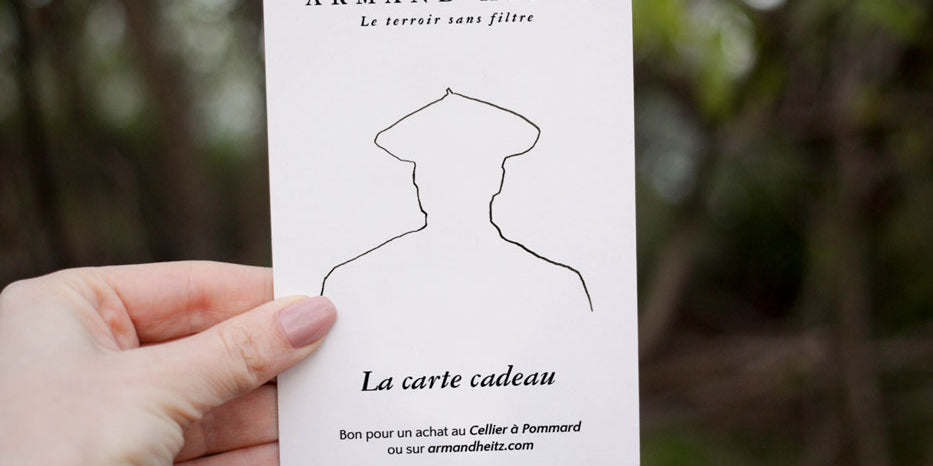“I made my first vintage in 2013, when I was working biodynamically. After 5 years, I realized that the state of health of my soils was not improving, very quickly dried up and I still needed to treat a lot against diseases.
I asked myself a lot of questions, I did research and I looked into permaculture and agroecology. Revelation. We have to deal with the problems at the base and return to the fundamental principles of agronomy. After 3 years, the finding is final. I seek to work by adapting rather than struggling. My soils are healthier, I use fewer inputs and the quality of the wines is there.”

Return to base
A few weeks ago, we introduced you why and how to work with bio-indicator plants. This work aims to analyze the soil thanks to the plants present. This is the first step in adapting tillage to each plot.
As everything starts from the ground, it is important to analyze, study and adapt the work to the particularity of each terroir. To increase life and biodiversity in the soil, we choose to work with different mulches and different weeds.

Mulches
A mulch is a protective layer that we will add to the soil to limit erosion, conserve humidity, limit the emergence of plants and bring back organic matter. At the estate, the mulch chosen is RCW (fragmented ramial wood), and it is worked in two ways depending on the soil on which it is laid.

In Chevalier-Montrachet and Meursault 1er Cru Perrières, the idea is to bring an additional layer of soil to these limestone hillsides where the bedrock is close to the surface. With the various tillages, these hillsides were dry, eroded and inert. Thanks to the mulch, there are 15 cm more for life to develop. Freshness and humidity are retained even in times of drought and tillage is no longer necessary. The other advantage of this mulch is that the lifting of dormancy of certain plants that could compete with the vine is limited.
On the plots of Chassagne-Montrachet 1er Cru Tête du Clos and Chassagne-Montrachet 1stCru Chenevottes, the mulch was partly incorporated into the soil. Here, there are less effects on the non-breaking of dormancy of certain competing plants but all the other effects are still present.

The laying of these mulches leads to a huge reduction in tillage. In particular fewer passages of tractors which compact the soil and destroy the life in the latter. Reducing plowing also drastically reduces CO2 emissions. Our mulch is then the starting point of a virtuous circle that both improves soil life and immobilizes the carbon responsible for global warming.
The weeds
Within our plots, weeds are worked with very specific objectives: decompact the soil, produce organic matter and mycorrhize the soil. The objective is to create a nucleus of life that will work in synergy with the cycle of the vine. If this work is done well, you no longer need fertilizer, you just need to mow.
Important research and agronomic analysis work has been carried out.The implementation of a precise rotation of grass cover is important so that the impact of each plant occurs at the right time in the vine cycle

To give an example of the work done, several species were sown on the same plot in Pommard: alfalfa, Abyssinian mustard and forage rye. Alfalfa will provide nitrogen, help acidify the soil and develop micro-organisms. Abyssinian mustard is a crucifer that is easy to establish and has a root system that loosens and aerates the soil. Finally, fodder rye constitutes an important contribution of biomass. With all these plants and their combination, the resulting soil is living soil, for real.
Perennials
In 2020, several plots of vines next to Loaris were planted. A trial planting of perennials was done on one of them. These perennials grow more in the south of France. They do not need a lot of water to develop, thus creating little water competition with the vines. Thyme, rosemary, peppermint, savory and comfrey were planted. The idea is the same as with grass cover, increasing biodiversity and decompacting the soil. We also rely on the effect of the essences of these plants to naturally balance the pressure of vine pests.

Finally, putting grass in order to put grass in it is not really useful. To have a real impact, it requires reflection, analysis and time, and it is in this perspective that the domain wishes to go.
Léo Plassard
.










